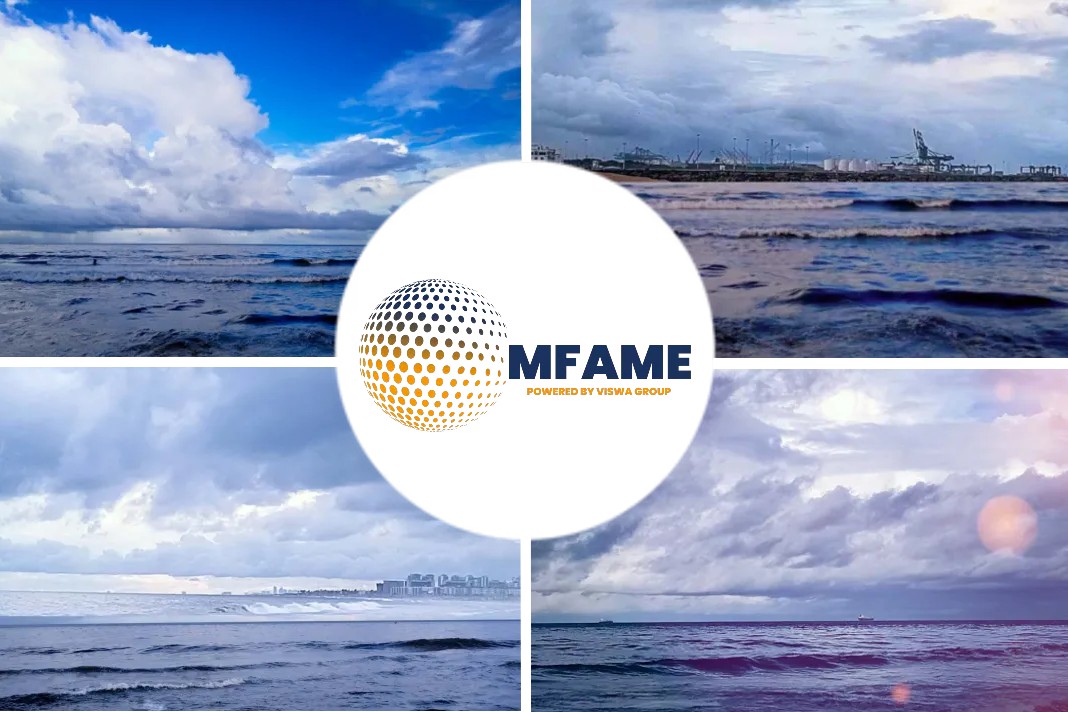A lack of infrastructure, a lack of financing and a lack of a ready market represent a triple lock for Swedish tanker owners pioneering the use of LNG fuel.
Outside the behemouth that is Stena Bulk, Sweden’s smaller fleets transport cargo to northwest Europe and Baltic destinations. All of the vessels in the fleet are of small or intermediate capacity sizes up to 20,000 dwt. All are in the chemical and/or product tanker trades. And in keeping with what has become almost a Swedish tradition, most or all of the newbuildings on order to these companies will incorporate dual-fuel technology.
| Tankers on order | ||
| shipowner | no | dwt |
| Thun, Erik | 9 | 118,296 |
| Furetank Rederi | 5 | 81,500 |
| Ektank AB | 4 | 72,000 |
| Stena Bulk | 3 | 150,000 |
| Alvtank AB | 2 | 32,600 |
| Sirius Rederi AB | 2 | 15,998 |
| Tarbit Shipping AB | 2 | 18,800 |
| Wisby Tankers | 2 | 99,999 |
| Pallas Shipping | 1 | 1,700 |
| Total | 30 | 590,893 |
A key challenge relates to available shoreside facilities. Where LNG shore facilities are not available, ship-to-ship transfers are completed using Antony Veder LNG tankers. Owner and operator Donsotank Rederi is working on the design and construction of a prototype LNG feeder to lessen the dependency of charters on ship-to-ship transfers. The partners in the Donsotank project are Jahre Holding, DNVGL, Torgy and Rolls-Royce.
Donsotank has specified the A-tanks favoured by LPG feeders rather than the C-tanks seen on LNG vessels. Studies have determined that an A-tank feeder is cheaper to build than a C-tank, and can be built by any shipyard. A-tanks offer 30 per cent more cargo-carrying capacity than comparable C-tank designs. If the vessel is at anchor for a long time, a liquefaction plant is installed on the vessel to take care of boil-off and convert gas into liquid again.
A second key challenge Donsotank and others face is that banks are reluctant to finance a pilot LNG vessel. A third key challenge is that charterer interest is lukewarm at best, but more often than not completely lacking.
One of the biggest investors in the shortsea trades is Erik Thun (Thun Tankers), a member of the Gothia Tanker Alliance. Thun has nine chemical/product tankers on order, eight of which were ordered this year. The emphasis on Chinese construction is underlined by Avic Dingheng placing orders for 14 stainless steel units – almost half the current Swedish orderbook – with Chinese yards.
Having started with a single order in 2015 for an ice class 1A 20,000m3 product tanker due for delivery June 2019, the owner has just returned to the builder for a series of four 21,000m3 units for delivery through to January 2020.
Gothia Tanker Alliance will commercially manage the vessels. The alliance comprises Thun Tankers, Furetank and Rederi AB Alvtank. The single product carrier will come under the management of Furetank and will incorporate tier III dual-fuel propulsion. This will also be adopted for the latest quartet.
These units are easily the largest in the Thun fleet. But the company will not neglect its small tanker fleet and has placed a surprise order with Ferus Smit in The Netherlands for four 9,310m3 capacity dual-fuel ice class 1A units. These will be product carriers and will cater for mainly IMO class II cargo. Provision has been made for IMO I and IMO III cargoes. Deliveries are set for November 2018 to October 2021.
Furetank is not far behind fellow member of the Gothia Tanker Alliance Thun Tankers in terms of fleet expansion. Three 20,000m3 product tankers were ordered at the end of last year from Avic Dingheng, and these will be built to a Swedish FKAB design.
Furetank has exercised an option for an additional two chemical/product carriers, which will be epoxy coated and operated by Alvtank. Options are attached for six more vessels.
The Gothia Tanker Alliance is the biggest it has ever been. It presently numbers 31 vessels. These will be joined by 14 newbuildings over the next few years. The investment is being made – at least in part – to alleviate dependency on chartered-in tonnage, some of which struggles to match the high technical and safety standards demanded by Swedish owners.
For all the difficulties around the triple lock, there are economic incentives for investing in dual-fuel LNG-ready vessels
For all the difficulties around the triple lock, there are economic incentives for investing in dual-fuel LNG-ready vessels. The port of Gothenburg led the pack when it introduced 30 per cent discount on standard port dues for LNG-fuelled vessels back in 2015. Its current scheme runs to 2019. Several north European ports have since followed suit as new sulphur emission controls begin to bite.
Did you subscribe for our daily newsletter?
It’s Free! Click here to Subscribe!
Source: Lng World Shipping






















